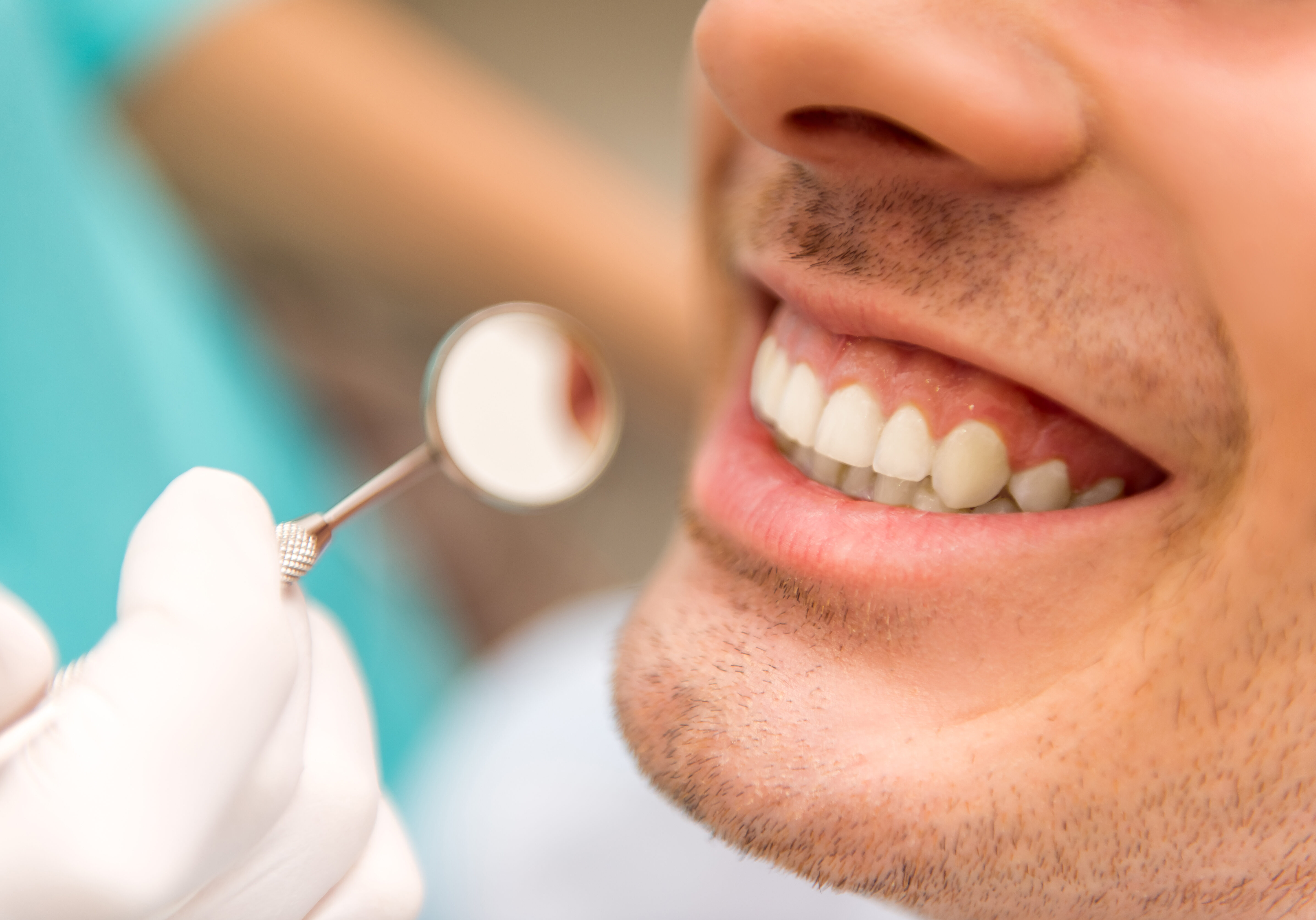What is gum disease?
Gum disease, also known as periodontal disease, is a common condition that affects the surrounding soft tissues of your teeth. When this condition is left untreated, it will eventually affect the jawbone itself which may lead to teeth becoming loose, or worse.
What types of gum diseases are there?
Gingivitis is the first and most common form of gum disease we see in patients. Gingivitis causes the gums to become inflamed, swollen, red or tender because of bacteria accumulation from plaque or tartar buildup. Gingivitis can also cause the gums to bleed when consuming certain foods, or when brushing and flossing. At this stage, bone loss and tissue damage is still reversible.
Periodontitis (periodontal disease) is the next stage of gum disease that develops if gingivitis is left untreated. During this stage of the disease, irreversible damage occurs to the teeth’s surrounding bone structure and tissue. Eventually, this may lead to teeth becoming loose and may even result in teeth requiring extraction. Teeth affected by advanced periodontitis will need to be removed and teeth restoration options such as dental implants or a dental bridge may be required to prevent other dental issues from arising such as shifting teeth.
Gum disease treatment
Scaling and root planning (SRP)
SRP is a conservative, nonsurgical treatment for periodontitis. A dentist or dental hygienist removes plaque and tartar from the teeth and surfaces of tooth roots before smoothing away roughness on the roots to help prevent bacteria from building up again. Afterwards, the gums should heal and reattach themselves to healthy and newly cleaned surfaces of the teeth.
Pocket Reduction Procedure
If gum tissue doesn’t reattach itself to the teeth after scaling and root planning, your dentist may need to perform periodontal pocket reduction or flap surgery. This is done by folding back the gum so that infectious bacteria can be removed and areas of damaged bone are smoothed. This will allow the gum tissue to better reattach itself to healthy bone.
Gum Grafts
Gum tissue is taken from your palate or other sources in your mouth and is then used to cover roots that are exposed from gum recession. This helps reduce tooth sensitivity as well as further prevent decay, gum recession, and bone loss.
Your best option is to prevent gum disease altogether by practicing good oral hygiene at home with daily brushing, flossing, and visiting your dentist and hygienist for regular cleanings and exams.
If you have any questions about gum disease, give us a call. We’d be happy to answer your questions or book you in for an appointment - (306) 374-7272.

Wildwood Dental Clinic
105 - 1526 8th Street East,
Saskatoon, SK
S7H 0T3
